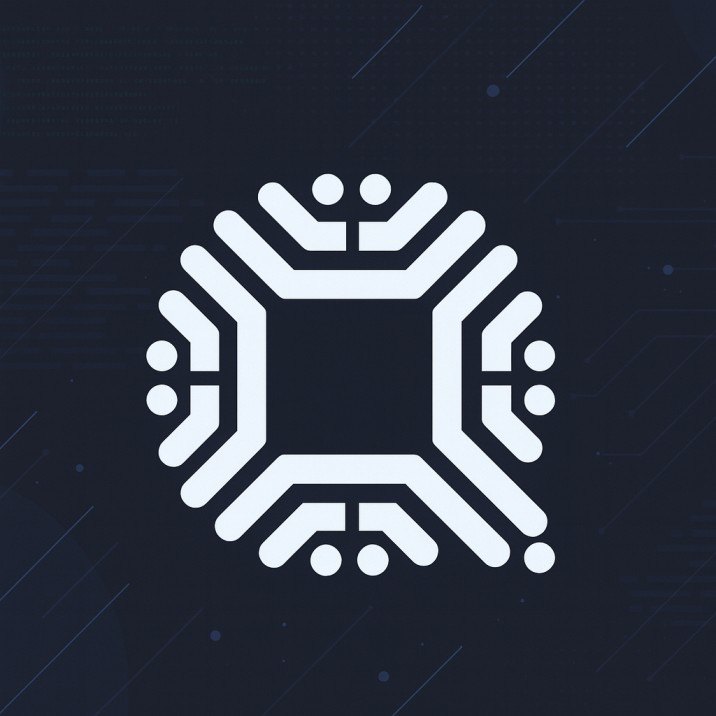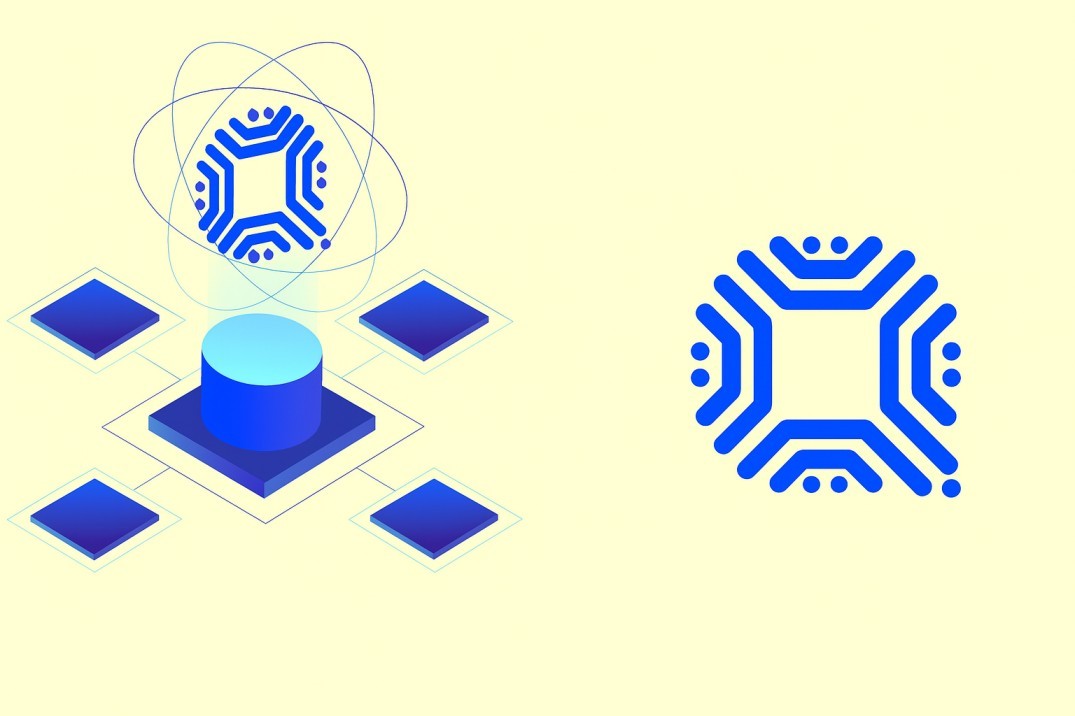TL;DR
- Qtum merges Bitcoin’s security with Ethereum’s programmability, using UTXO + EVM on a Proof‑of‑Stake chain.
- It uses an Account Abstraction Layer (AAL) to run Ethereum-compatible smart contracts while maintaining Bitcoin's transaction model.
- Its unique architecture makes it lightweight, business-friendly, and adaptable.
- Live since 2017, Qtum supports QRC-20 tokens, NFTs, and a growing DeFi ecosystem.
- With growing interest in sustainable, compliant chains, Qtum could quietly re-emerge as a strong mid-cap candidate in the next cycle.
Qtum often stays under the radar while larger Layer-1s grab headlines. But its hybrid nature-bringing together the security of Bitcoin with the programmability of Ethereum-gives it a unique niche. Unlike many chains that chase TPS and flashy use cases, Qtum has focused on stable infrastructure, developer accessibility, and modular architecture.
For founders, this means a reliable backbone for dApps and tokenization projects. For institutions, it means predictable governance and privacy tools. It's not trying to be everything for everyone, but rather a stable foundation for those who value long-term utility.
Origins and Structure

Qtum launched in 2016 with a bold goal combine the best aspects of Bitcoin and Ethereum. That meant porting the Ethereum Virtual Machine (EVM) onto Bitcoin's UTXO model. The result was a unique hybrid powered by a Proof-of-Stake consensus mechanism.
In its 2017 mainnet release, Qtum also included something novel, the Account Abstraction Layer (AAL). This layer lets developers interact with smart contracts like Ethereum, but still benefit from the security of Bitcoin's transaction model.
Over the years, Qtum added a Decentralized Governance Protocol (DGP), allowing key blockchain parameters-like block size and gas fees-to be adjusted without forks. This gave Qtum rare agility for a public chain.
Tokenomics and Staking
Qtum has a fixed max supply of 107 million tokens. It started with 100 million distributed during its ICO, and the remaining emissions are issued through staking rewards.
Stakeholders need 10,000 QTUM to run a full staking node. Unlike traditional PoW models, this Proof-of-Stake setup is energy-efficient and encourages long-term participation. Block rewards are split with 65% going to stakers and 35% toward ongoing development.
Real Features Beyond the Buzz
One major advantage of Qtum is its support for QRC-20 tokens. Similar to Ethereum's ERC-20 standard, these tokens are easy to create and manage, making them ideal for utility tokens, DAOs, and even real-world asset representations.
It recently added support for NFTs and Ordinal-style inscriptions, aligning with current digital collectible trends. Layer-2 bridges are also in the works, allowing easier interaction with chains like Ethereum, BNB Chain, and Polygon. Its developer tools are simple and well-documented, making it easier to build than many of its more complex rivals.
Use Cases and Ecosystem Growth

Qtum is positioning itself as a serious platform for enterprise and fintech use cases. Some early adopters have used it for:
- On-chain voting mechanisms
- Mobile money systems
- Supply chain and logistics applications
Qtum also runs hackathons and developer grant programs to build ecosystem momentum. While adoption is still modest, its focus on practical applications could pay off as enterprises begin exploring blockchain beyond hype cycles.
What Comes Next
With the integration of Ordinals and renewed efforts on Layer-2 bridges, Qtum is evolving without abandoning its core principles. The upcoming QtumX framework promises faster throughput, zero-knowledge features, and new tooling for governance.
Its ability to straddle both the legacy strengths of Bitcoin and the dApp innovation of Ethereum makes it quietly resilient:
- Target use cases – Enterprise contracts, tokenized assets, logistics, voting
- Adoption growth – As Layer-2 bridges mature, Qtum becomes a lean developer choice
- Ecosystem balance – Brings IoT, supply chain, mobile money use-cases that don’t need blistering TPS
If Qtum nails enterprise partnerships and L2 UX, it could reassert relevance in a year or two.
Challenges & Risks
- Competing with Layer-1 giants – Ethereum, Solana, NEAR, Avalanche
- Governance complexity – On-chain voting sounds good, but can stall or fragment too
- Awareness gap – Qtum’s small userbase makes attracting devs tougher
- Scalability limits – UTXO + PoS = secure, but not ultra-fast or scalable without more aggressive upgrades
Qtum's real value rests on developer adoption steady.
Final Thought
Qtum is building infrastructure that lasts. By staying modular, interoperable, and developer-friendly, Qtum positions itself as a reliable chain for long-term builders. In a world full of over-engineered Layer-1s, Qtum's hybrid simplicity might end up being its greatest strength.
READ MORE : What is COTI V2: Revolutionizing Blockchain Privacy with Garbled Circuits











